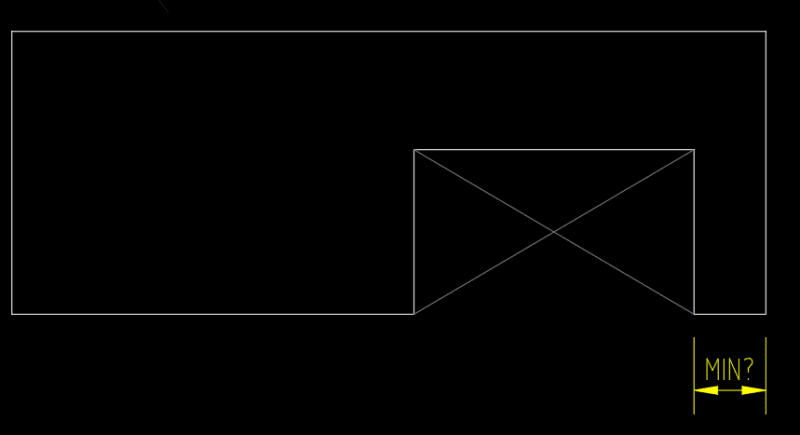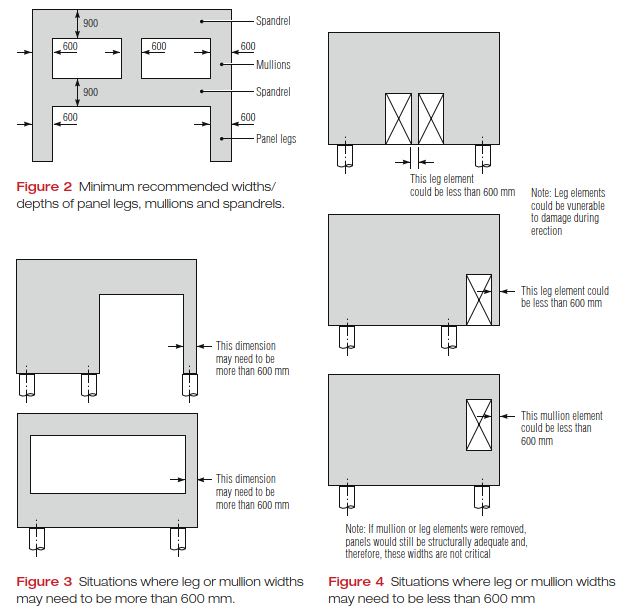-
1
- #1
Is there any limit for the length of the precast panel legs next to opening? I have seen some people specify 600mm while some make it 300mm despite that their loads are quite close. I would argue that as long as the N-M satisfies (ligs provided if required) and there is no problem for construction, fire etc it shouldn't be limited to a certain value. Maybe I miss something?



